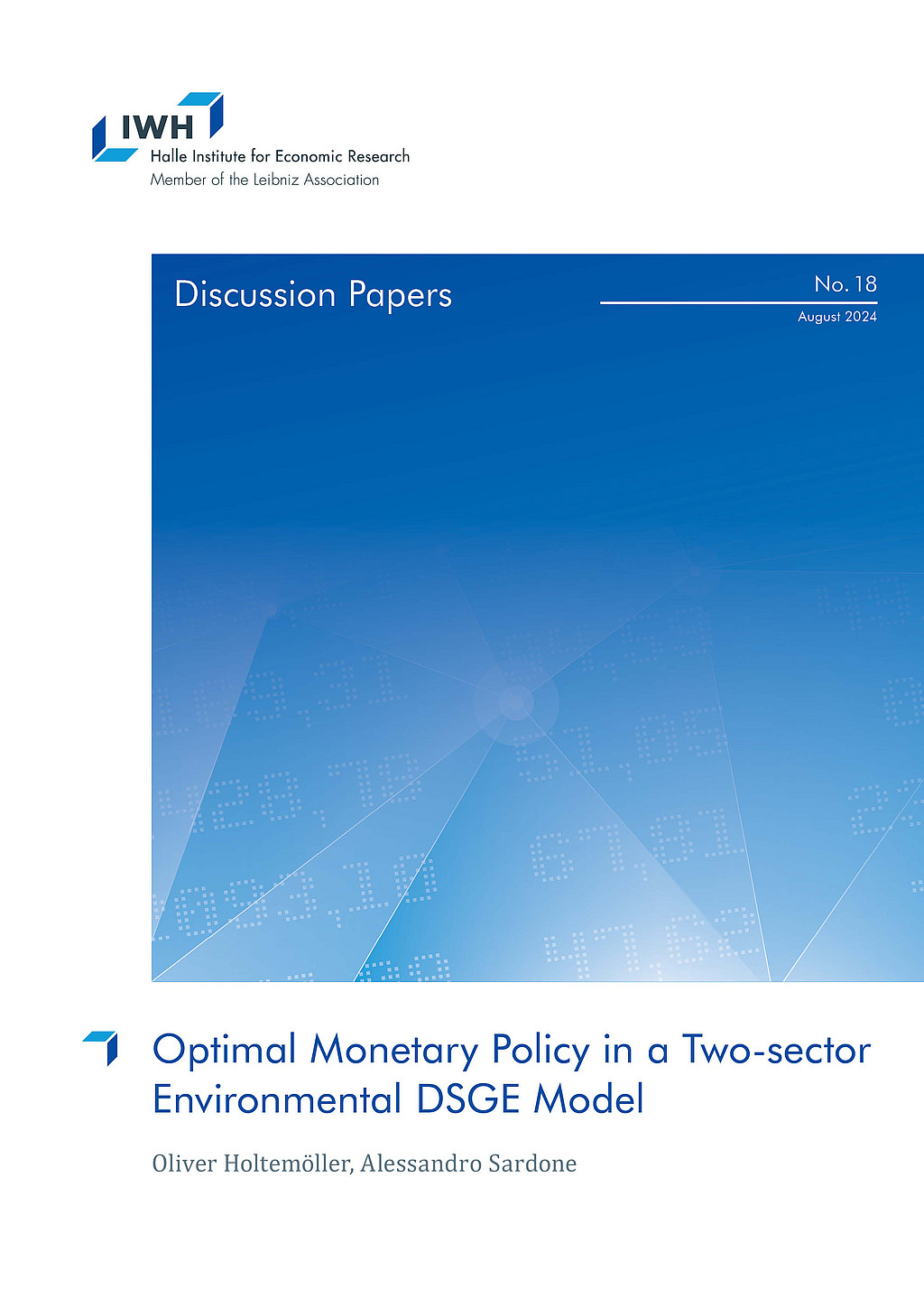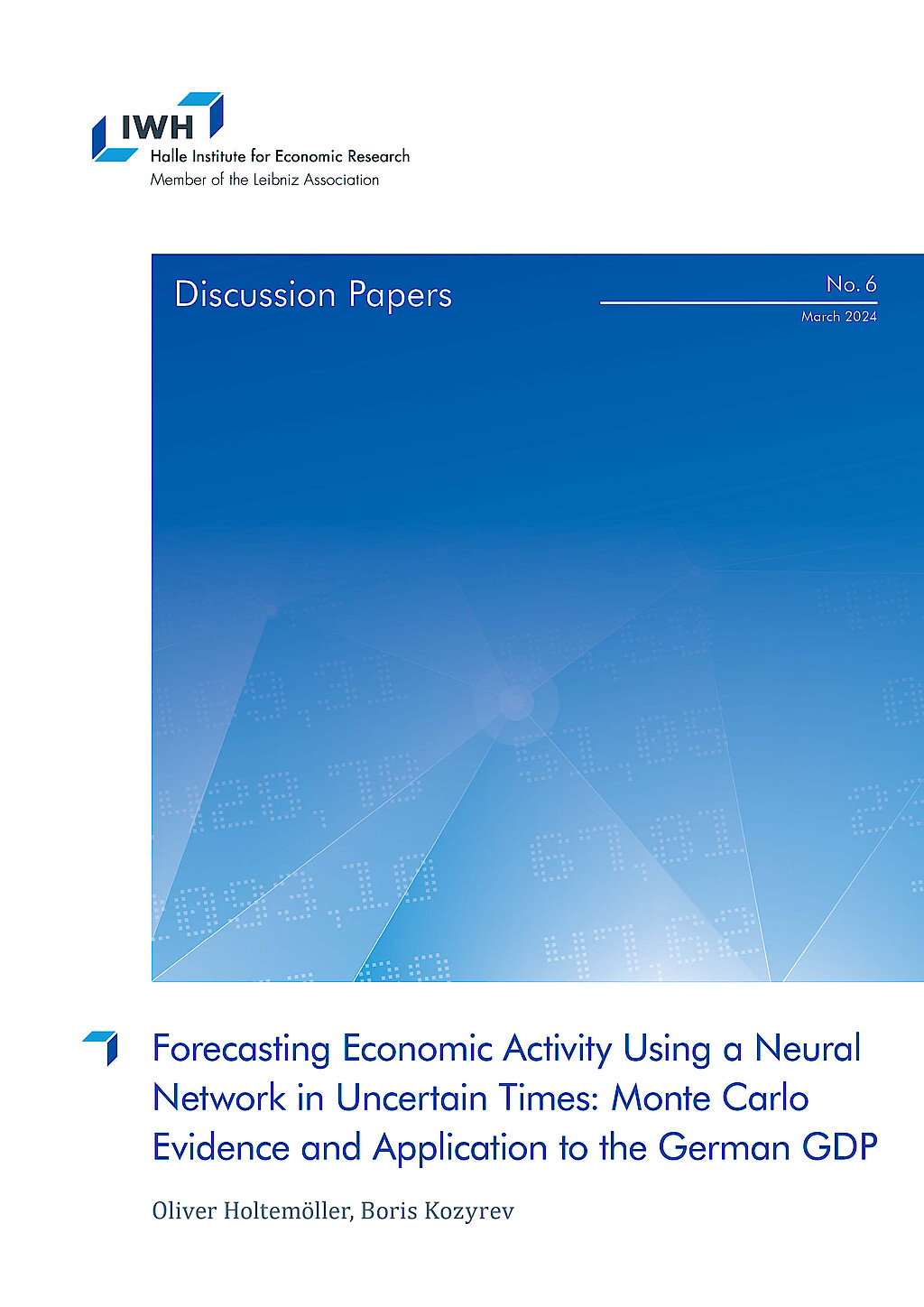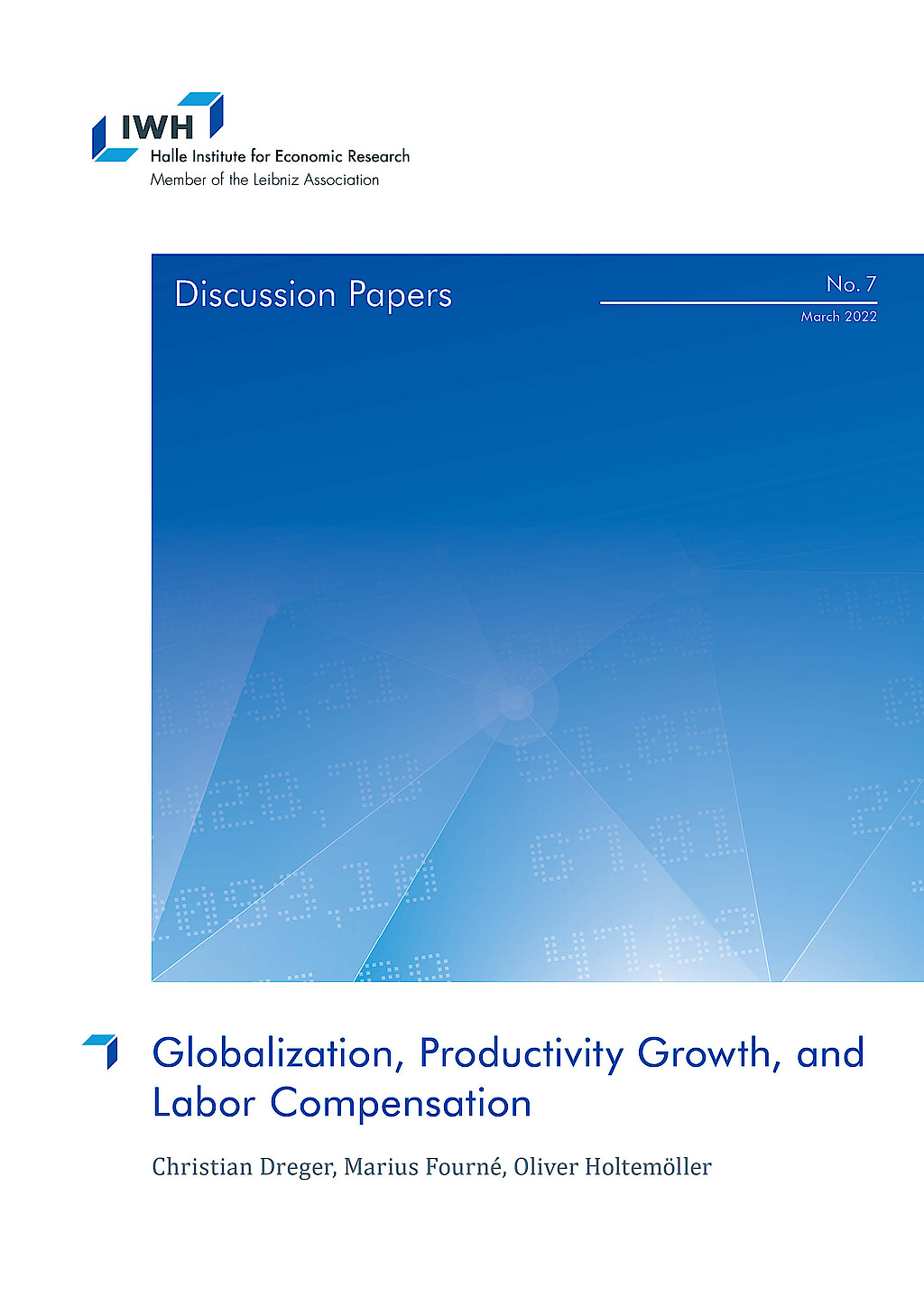
Optimal Monetary Policy in a Two-sector Environmental DSGE Model
in: IWH Discussion Papers, No. 18, 2024
Abstract
<p>In this paper, we discuss how environmental damage and emission reduction policies affect the conduct of monetary policy in a two-sector (clean and dirty) dynamic stochastic general equilibrium model. In particular, we examine the optimal response of the interest rate to changes in sectoral inflation due to standard supply shocks, conditional on a given environmental policy. We then compare the performance of a nonstandard monetary rule with sectoral inflation targets to that of a standard Taylor rule. Our main results are as follows: first, the optimal monetary policy is affected by the existence of environmental policy (carbon taxation), as this introduces a distortion in the relative price level between the clean and dirty sectors. Second, compared with a standard Taylor rule targeting aggregate inflation, a monetary policy rule with asymmetric responses to sector-specific inflation allows for reduced volatility in the inflation gap, output gap, and emissions. Third, a nonstandard monetary policy rule allows for a higher level of welfare, so the two goals of welfare maximization and emission minimization can be aligned.</p>

Forecasting Economic Activity Using a Neural Network in Uncertain Times: Monte Carlo Evidence and Application to the German GDP
in: IWH Discussion Papers, No. 6, 2024
Abstract
In this study, we analyzed the forecasting and nowcasting performance of a generalized regression neural network (GRNN). We provide evidence from Monte Carlo simulations for the relative forecast performance of GRNN depending on the data-generating process. We show that GRNN outperforms an autoregressive benchmark model in many practically relevant cases. Then, we applied GRNN to forecast quarterly German GDP growth by extending univariate GRNN to multivariate and mixed-frequency settings. We could distinguish between “normal” times and situations where the time-series behavior is very different from “normal” times such as during the COVID-19 recession and recovery. GRNN was superior in terms of root mean forecast errors compared to an autoregressive model and to more sophisticated approaches such as dynamic factor models if applied appropriately.

Globalization, Productivity Growth, and Labor Compensation
in: IWH Discussion Papers, No. 7, 2022
Abstract
We analyze how changes in international trade integration affect productivity and the functional income distribution. To account for endogeneity, we construct a leaveout measure for international trade integration for country-industry pairs using international input-output tables. Our findings corroborate on the country-industry level that international trade integration increases productivity. Moreover, we show that both trade in intermediate inputs and trade in value added is associated with lower labor shares in emerging markets. For advanced countries, we document a positive effect of trade in value added on the labor share of income. Further, we show that the effects on productivity and labor share are heterogeneous across different sectors. Finally, we discuss the implications of our results for a possible throwback in international trade integration due to experiences from recent crises.



